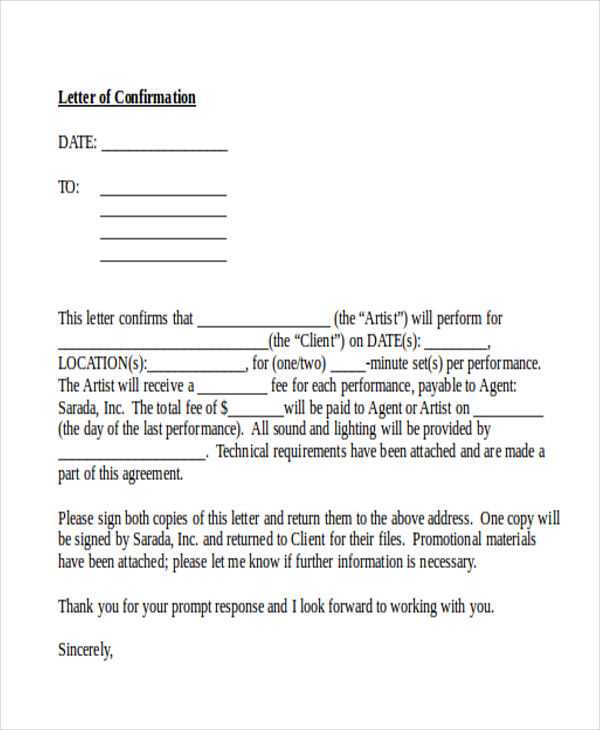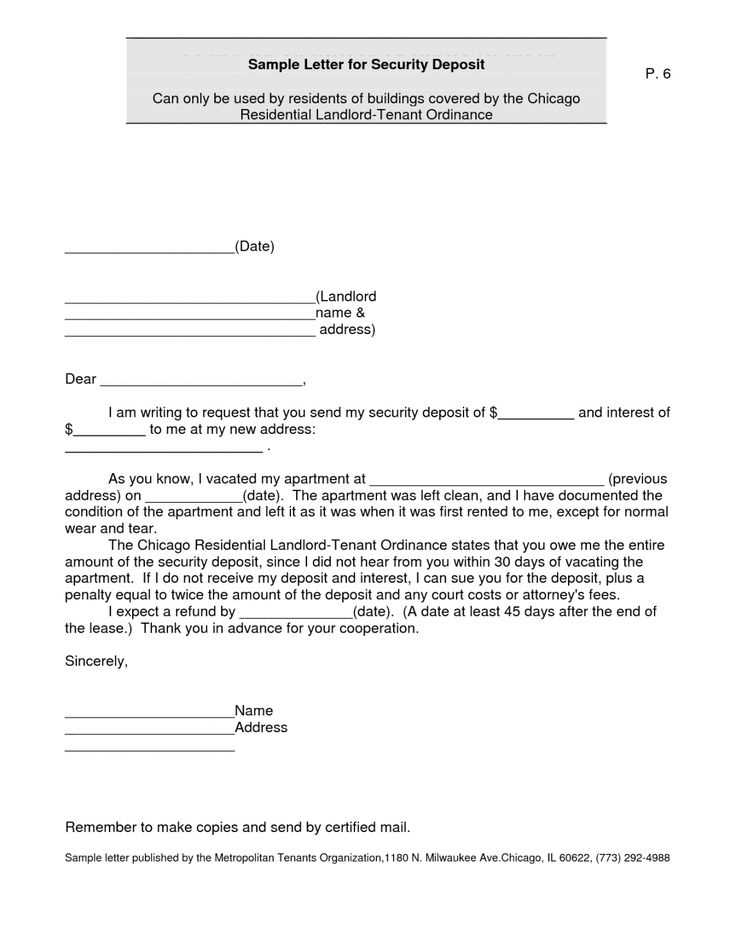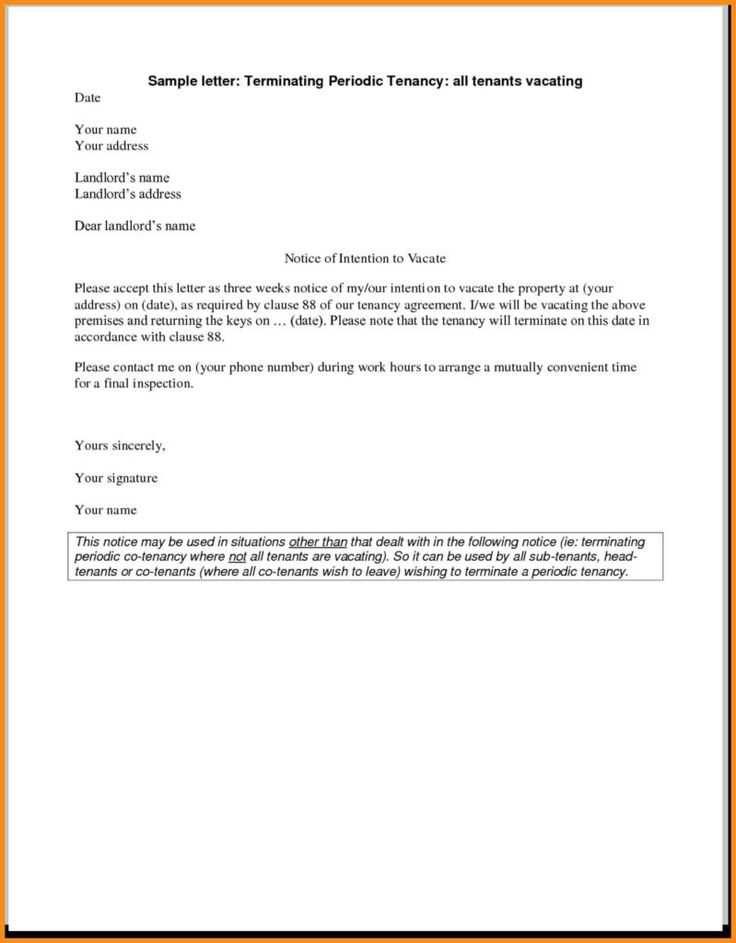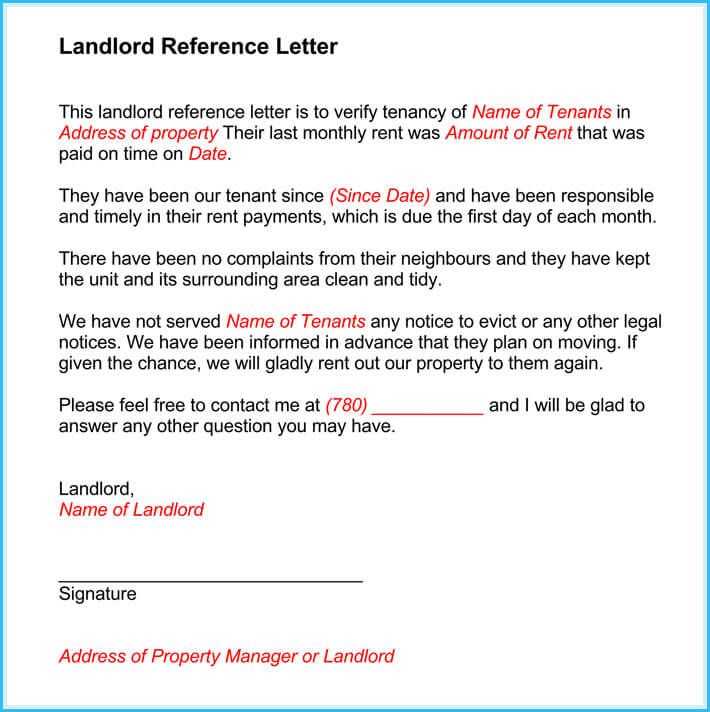Confirmation of tenancy letter by landlord template

As a landlord, it’s important to confirm the tenancy status of your tenants through a formal letter. This letter serves as a written acknowledgment of the rental agreement and provides tenants with official confirmation of their residence. The letter can be used for various purposes, such as visa applications, employment verification, or simply to confirm tenancy details.
The format of the letter should be straightforward and clear. Begin with the date and address the tenant by name. Include key details such as the rental property address, the start and end dates of the tenancy, and the rental amount. Additionally, specify any other relevant terms, like deposit details or property maintenance responsibilities, to provide complete clarity.
For a more professional touch, it’s advised to sign the letter and include your contact information. This will help the tenant reach out if they need further clarification. Be concise, but ensure all necessary information is included for an official confirmation.
Template Example:
Dear [Tenant’s Name],
This letter serves as confirmation of your tenancy at [Property Address]. Your tenancy commenced on [Start Date] and is set to end on [End Date]. The monthly rent is [Rent Amount], and the security deposit paid is [Deposit Amount].
If you need further information, feel free to contact me at [Your Contact Information].
Sincerely,
[Your Name]
Here’s the revised version with reduced repetition of words:
To create a more concise and clear confirmation letter for tenancy, focus on providing only necessary details. Begin by addressing the tenant directly and specifying the exact terms of the lease agreement. Keep the language straightforward and precise.
Details to Include in the Letter:
- Tenant’s Name: Clearly state the tenant’s full name to avoid any ambiguity.
- Property Address: Include the address of the rental property to confirm the specific unit in question.
- Lease Term: Mention the start and end dates of the lease agreement.
- Payment Information: Confirm the agreed-upon rent amount and payment schedule.
- Landlord’s Signature: Ensure the letter includes the landlord’s signature to validate the information.
Points to Avoid:
- Avoid redundant language that restates the same details multiple times.
- Remove unnecessary phrases or filler content that does not add value.
By following this structure, the letter will remain clear and professional without excessive wording.
- Confirmation of Tenancy Letter by Landlord Template
To confirm tenancy, landlords must provide a clear and concise letter. Below is a simple template that landlords can adapt for their needs:
- Sender’s Information: Include your full name, address, and contact details at the top of the letter.
- Tenant’s Information: Provide the tenant’s full name, current address, and the dates of their tenancy.
- Subject Line: State the purpose of the letter, for example, “Confirmation of Tenancy for [Tenant’s Name].”
- Body of the Letter: Clearly state that the tenant is residing at the property, the dates of their lease, and any other pertinent details like rent amount or special conditions. Mention the terms of tenancy, and confirm that payments have been received or are up-to-date if applicable.
- Closing: Sign the letter with your full name and provide contact information. If necessary, add any relevant details or instructions, such as how the tenant can reach you for further clarifications.
Ensure the letter is written in a formal tone, and keep it factual. This type of letter helps verify the tenancy agreement, allowing tenants to show proof of residency when needed.
Begin by including the full address of the rental property at the top of the letter, followed by the date. This ensures clarity regarding the property in question. Next, address the tenant by their full name, followed by a polite greeting.
Provide the Tenancy Details
Specify the tenant’s full name and the rental property’s address. Clearly state the dates the tenancy started and the expected or confirmed end date. If the tenancy is ongoing, mention this as well.
Include Payment Information

Detail the payment terms, such as the monthly rent amount, due dates, and any additional charges. Include payment history if needed, confirming that rent payments are up to date.
Conclude the letter by thanking the tenant for their cooperation and providing your contact details for any further questions. Close with a polite sign-off, using “Sincerely” or “Best regards” before your name and signature.
The confirmation of tenancy letter should clearly state the following details:
Tenant and Property Information
Include the tenant’s full name, the address of the rental property, and the start and end dates of the tenancy. This gives clear context for the agreement and confirms the terms of residence.
Landlord’s Details

The letter should include the landlord’s name, address, and contact information. This ensures the tenant knows how to reach the landlord in case of any issues or clarifications.
Payment Terms and Rent Amount

State the monthly rent amount, the due date, and the method of payment. If there are any additional charges or deposits, include them as well.
Signature and Date
Both the landlord’s and tenant’s signatures, along with the date, must be included. This confirms that both parties acknowledge the details of the document and agree to the terms.
Use a clean, organized layout with consistent fonts and spacing to ensure the letter is easy to read. Start with a clear header that includes your name and contact details. Align this information to the left for a neat presentation.
Font Choice
Stick to professional fonts like Arial, Times New Roman, or Calibri in 12-point size. This makes the letter look polished without distracting the reader.
Spacing and Margins
Keep a 1-inch margin on all sides of the page. Use single spacing within paragraphs, and double spacing between paragraphs to provide enough white space, making the letter easy on the eyes.
Align the text to the left and avoid using fancy styles or colors, as simplicity often conveys professionalism more effectively.
To ensure a tenancy letter complies with legal standards, it must include specific details. Start by confirming the names of both the landlord and tenant. Clearly state the address of the property being rented. Specify the tenancy start and end dates, along with any applicable renewal terms. The rental amount, payment due dates, and security deposit details should be outlined precisely.
Additionally, include the landlord’s contact information, as well as any other relevant terms such as maintenance responsibilities and conditions regarding subletting. Avoid ambiguous language and ensure that all terms are in accordance with local rental laws.
| Requirement | Details |
|---|---|
| Landlord and Tenant Names | Full legal names of both parties |
| Property Address | Complete and accurate address |
| Tenancy Dates | Clear start and end dates |
| Rental Amount | Exact rent and payment schedule |
| Security Deposit | Amount, terms, and conditions |
| Landlord’s Contact Info | Phone number, email, or mailing address |
Ensure the letter is signed by both parties. This helps in confirming the terms are mutually agreed upon and legally binding.
Send a confirmation letter to your tenant once the tenancy agreement is signed and both parties are clear on the terms. This letter acts as an official acknowledgment of the agreement and outlines important details such as the rent amount, payment dates, and duration of the tenancy. It is crucial to send it soon after signing to avoid any confusion later.
Additionally, send a confirmation letter when there are any significant changes to the rental terms, such as rent increases or lease renewals. This ensures that both parties are on the same page regarding new terms. If the tenant requests a reference for future rental applications, providing a confirmation letter can be a helpful way to support their request.
If a tenant moves out and you need to confirm the termination of their tenancy, a letter confirming the end date and condition of the property may be necessary. This helps maintain clear communication and sets the stage for the return of the security deposit.
If you’re a landlord providing a confirmation of tenancy letter, make sure to include clear and precise information about the rental agreement. The letter should specify the tenant’s name, address of the rental property, lease start date, and duration. This confirms the legal relationship between you and the tenant.
Key Elements to Include

Include the date when the lease began and its renewal or end date if applicable. Mention any rent payment terms, such as the amount due, payment method, and frequency. Ensure the tenant’s obligations, like maintenance or utility responsibilities, are clear.
Formal and Clear Language
Keep the tone formal and professional, avoiding unnecessary details. Stick to facts to prevent confusion. Once the letter is drafted, ensure both parties sign it to affirm mutual agreement on the contents.